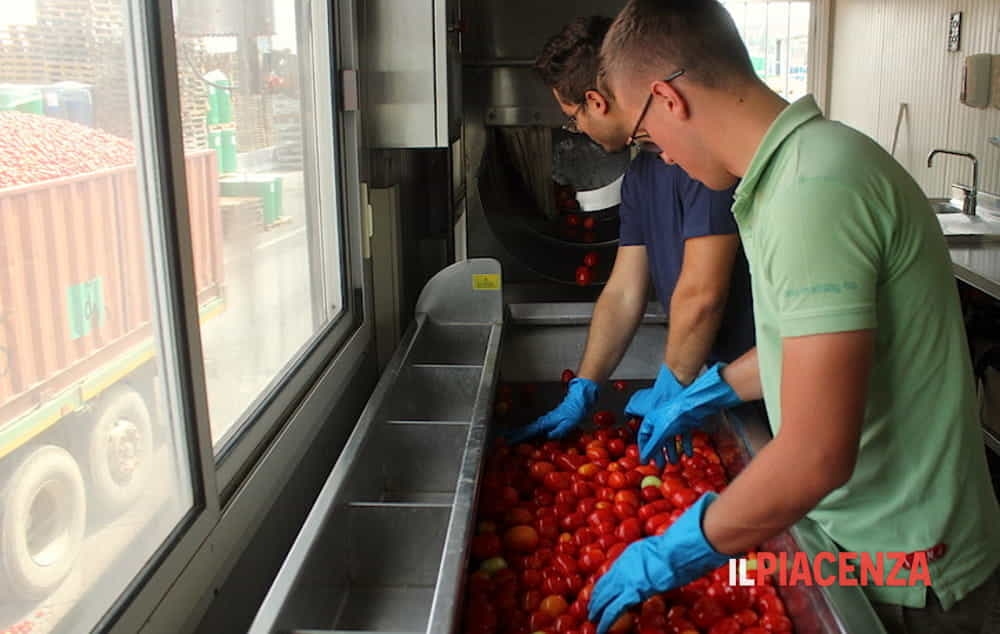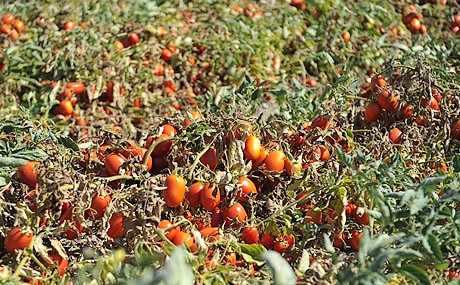Respect for your privacy is our priority
The cookie is a small information file stored in your browser each time you visit our web page.Cookies are useful because they record the history of your activity on our web page. Thus, when you return to the page, it identifies you and configures its content based on your browsing habits, your identity and your preferences.
You may accept cookies or refuse, block or delete cookies, at your convenience. To do this, you can choose from one of the options available on this window or even and if necessary, by configuring your browser.
If you refuse cookies, we can not guarantee the proper functioning of the various features of our web page.
For more information, please read the COOKIES INFORMATION section on our web page.


 To date, while harvest quantities only represent approximately 45% of contract volumes, reception and processing rates reached their peak in the factories of the country's northern regions as well as in the South, in order to deal with the permanent maximum product flow of deliveries. The high temperatures of recent weeks and months have indeed led to a major issue of grouped ripening, which has resulted in a simultaneous influx of raw materials to the factories, obliging them to work at full speed in order to avoid a product glut. According to processors, quality has been satisfactory, despite accelerated ripening due to weather conditions and a low Brix level (less than 4.8, possibly closer to 4.7, which is below usual levels) that has slightly penalized deliveries at the grading stations. This lower Brix has also led to a slight drop in industrial yield.
To date, while harvest quantities only represent approximately 45% of contract volumes, reception and processing rates reached their peak in the factories of the country's northern regions as well as in the South, in order to deal with the permanent maximum product flow of deliveries. The high temperatures of recent weeks and months have indeed led to a major issue of grouped ripening, which has resulted in a simultaneous influx of raw materials to the factories, obliging them to work at full speed in order to avoid a product glut. According to processors, quality has been satisfactory, despite accelerated ripening due to weather conditions and a low Brix level (less than 4.8, possibly closer to 4.7, which is below usual levels) that has slightly penalized deliveries at the grading stations. This lower Brix has also led to a slight drop in industrial yield.
 This year, a number of growers have reduced their planted surfaces, as low prices have reduced their motivation. For those who have been fortunate enough to be able to irrigate, yields have been "satisfactory, nothing more." But the cost of water supplies has increased sharply, sometimes doubling, as growers have tried to compensate for the virtual absence of rainfall. Conversely, this lack of rain has meant that not so many plant health input treatments have been required, therefore leading to some savings...
This year, a number of growers have reduced their planted surfaces, as low prices have reduced their motivation. For those who have been fortunate enough to be able to irrigate, yields have been "satisfactory, nothing more." But the cost of water supplies has increased sharply, sometimes doubling, as growers have tried to compensate for the virtual absence of rainfall. Conversely, this lack of rain has meant that not so many plant health input treatments have been required, therefore leading to some savings...


























